According to the 2024 report published by ISC Research in February, there are currently more than 14,000 international schools worldwide with 6.9 million students and $60.9 billion in annual tuition revenue. The number of teachers teaching at international schools is more than 664,000, up 13% from five years ago.
India is leading the way in terms of growth in numbers. The number of international schools in the country is now 923, up 10% from 2022. It is followed by the United Arab Emirates (UAE), up 9% to 784 schools. China is third, up 6% to 1,106 schools. Vietnam and Japan both saw increases of 5%, but the report did not specify the number of schools in these two countries.
According to the International Schools Database in 2022, Vietnam has more than 120 international schools, from kindergarten to high school, mainly in Hanoi and Ho Chi Minh City. Meanwhile, in Japan, the number of international schools is about 100, scattered in 11 localities.
"The demand for studying at international schools in Vietnam is increasing significantly," ISC Research assessed. Since 2019, the number of international schools in Vietnam has increased by 42%, the number of students has increased by 30%. The total revenue of the market has increased by 58%.
"The emergence of famous foreign private schools not only attracts wealthy parents and competes foreducation , but also creates curiosity and raises awareness of international education in Vietnam," the report said.

A class of students at ISHCMC - the first international school in Ho Chi Minh City, established in 1993. Photo: ISHCMC Fanpage
In terms of quantity, Asia is the leader, accounting for 57% of international schools worldwide. Next are America and Europe with 14-15% market share. The rest are Africa (12%), Oceania (2%).
By country, China has the most international schools, followed by India and the UAE. The next two spots are occupied by Pakistan (598 schools) and Brazil (415 schools).
The Cambridge program, British and American Baccalaureate, International Baccalaureate (IB), and Advanced Placement (AP) are the five most popular curricula, present in 77% of international schools. Of these, the Cambridge program is at the top (35.4%), followed by the British and IB programs (both 28%), and the American program (about 19%). About two-thirds of schools integrate their curriculum with local programs due to government regulations and parental requests.
ISC Research is an authoritative source of data on schools around the world. It defines an international school as a private school that teaches all or part of its instruction in English; or that has a curriculum that differs from that of a country where English is not the primary language. Students at an international school are between the ages of 3 and 18.
Doan Hung ( According to ISC Research )





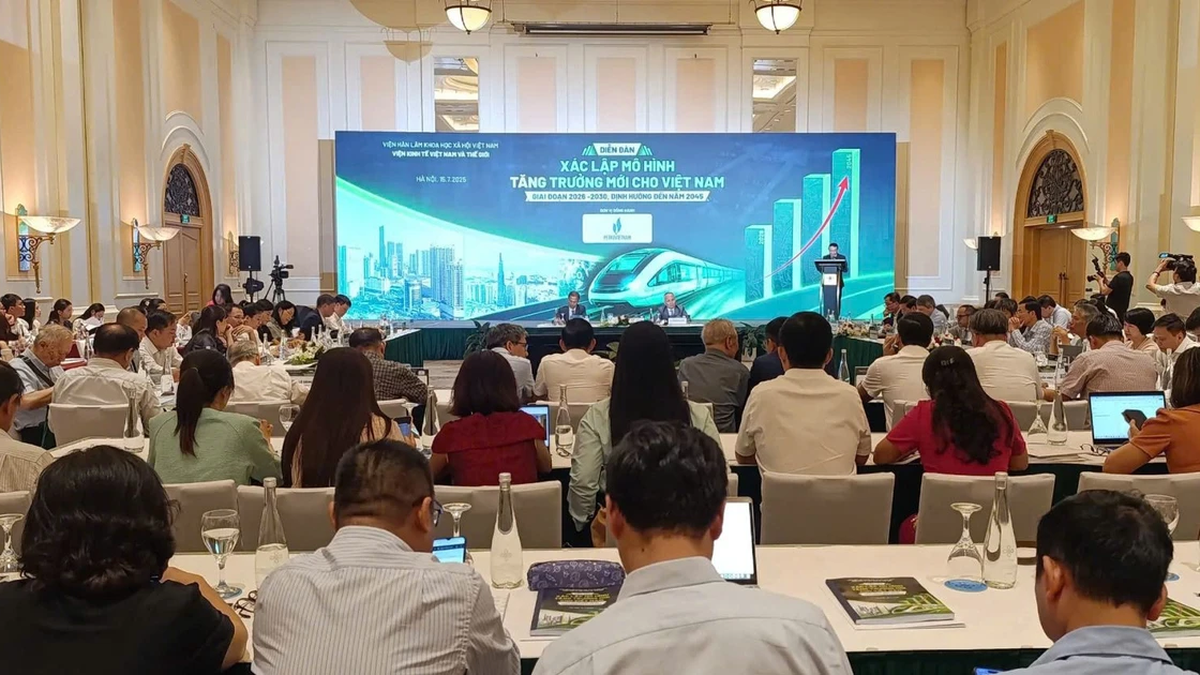


![[INFOGRAPHIC] Open-back headphones, look like a... pill](https://vphoto.vietnam.vn/thumb/1200x675/vietnam/resource/IMAGE/2025/7/16/cd63f007ad404018aa504c1009ce19ba)

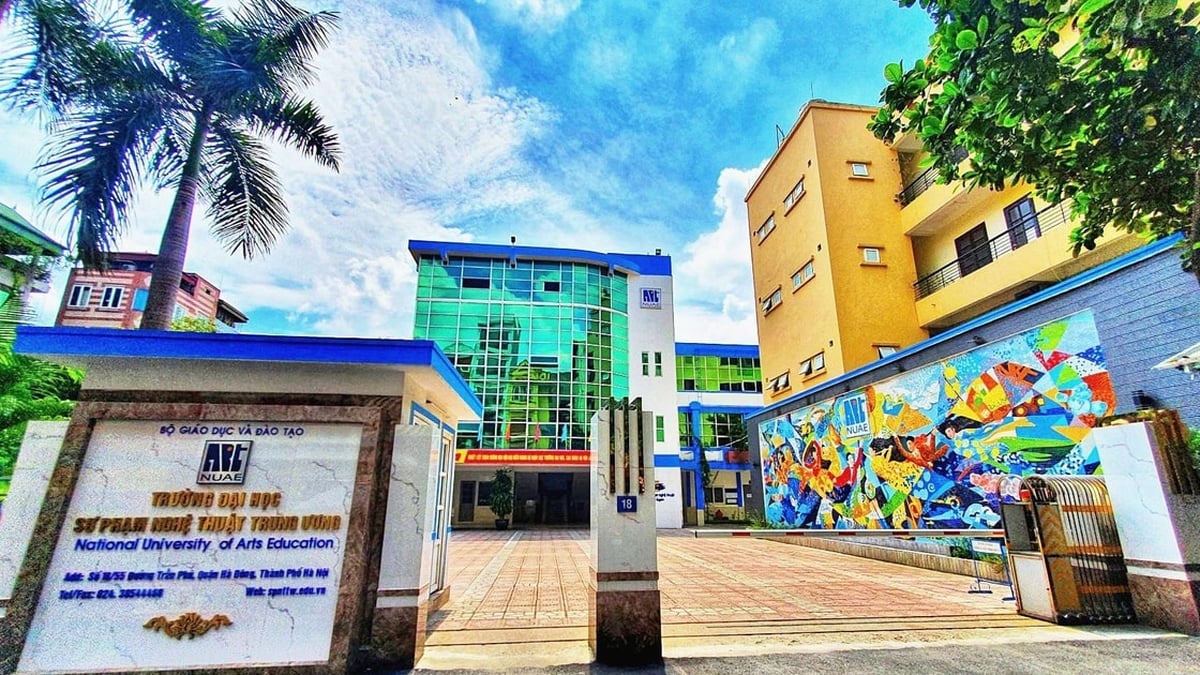














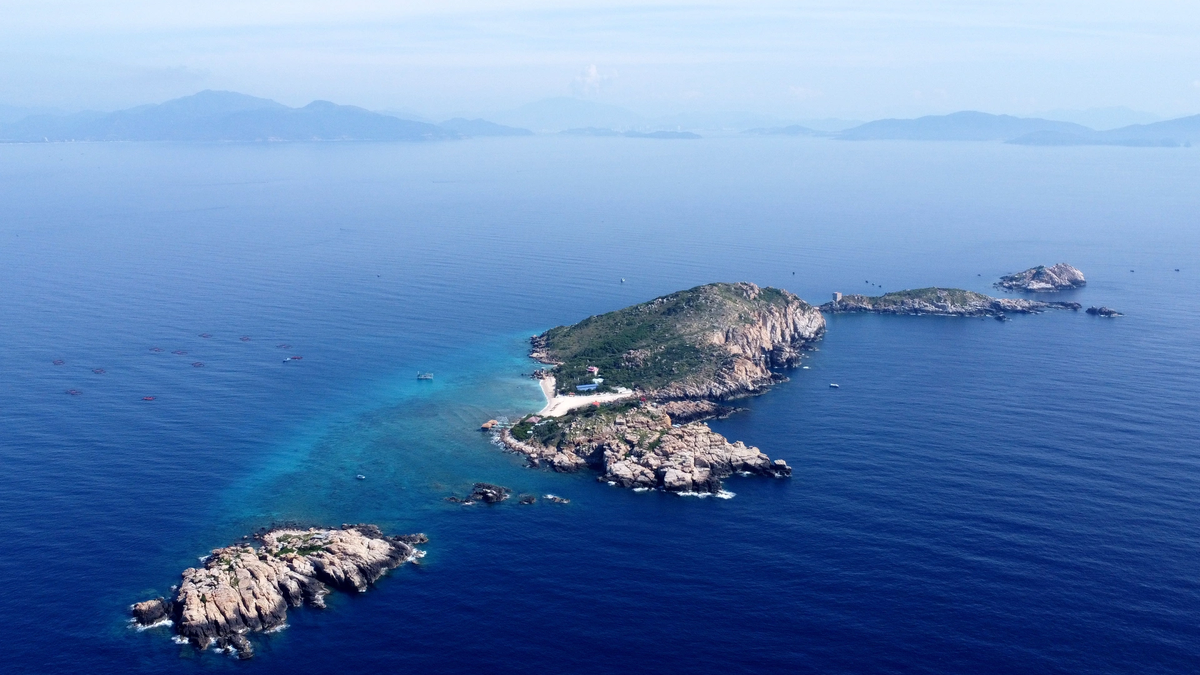



















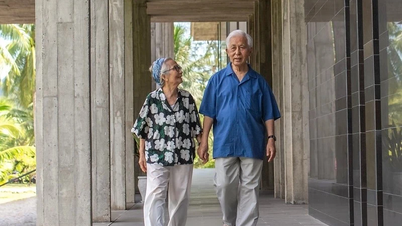

















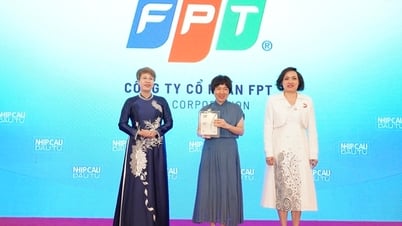

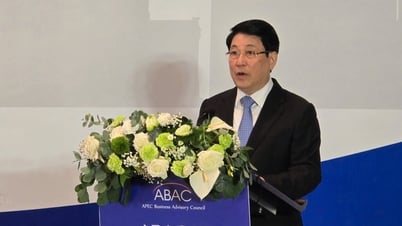




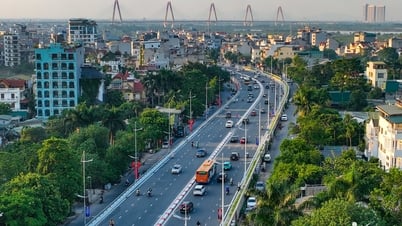
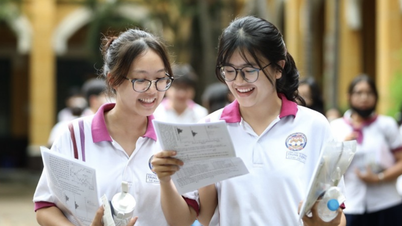




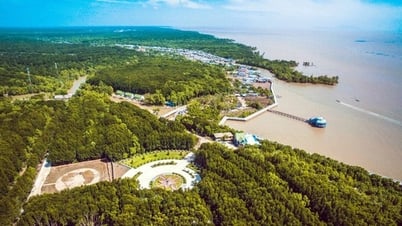
























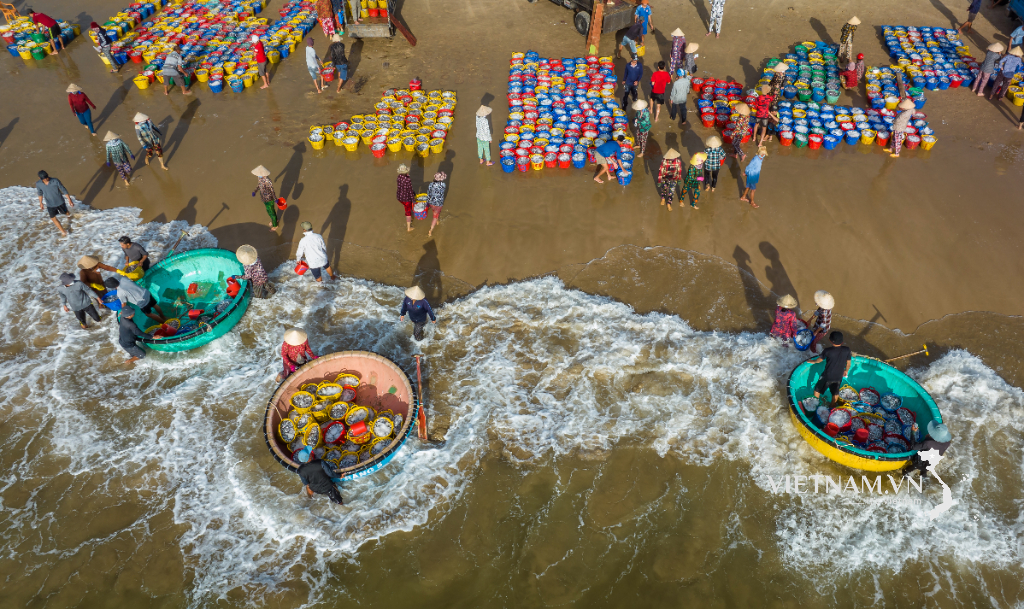
Comment (0)